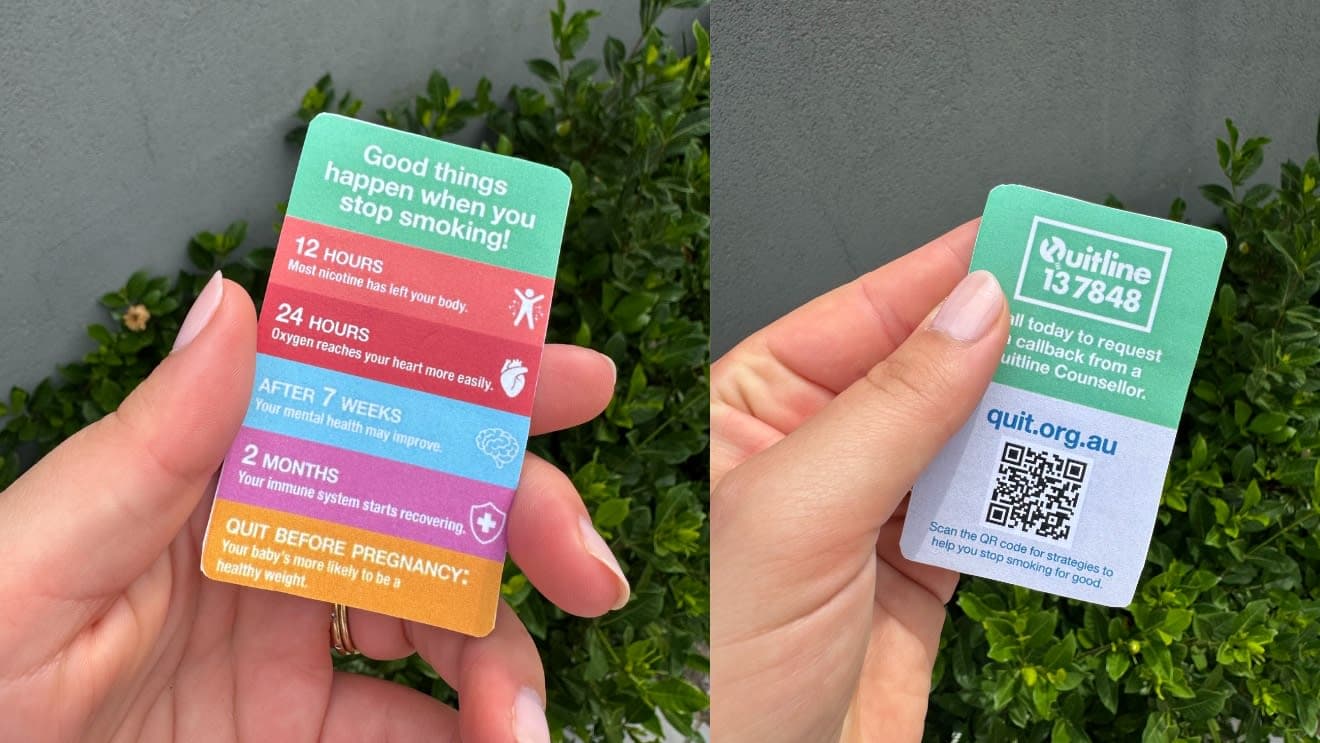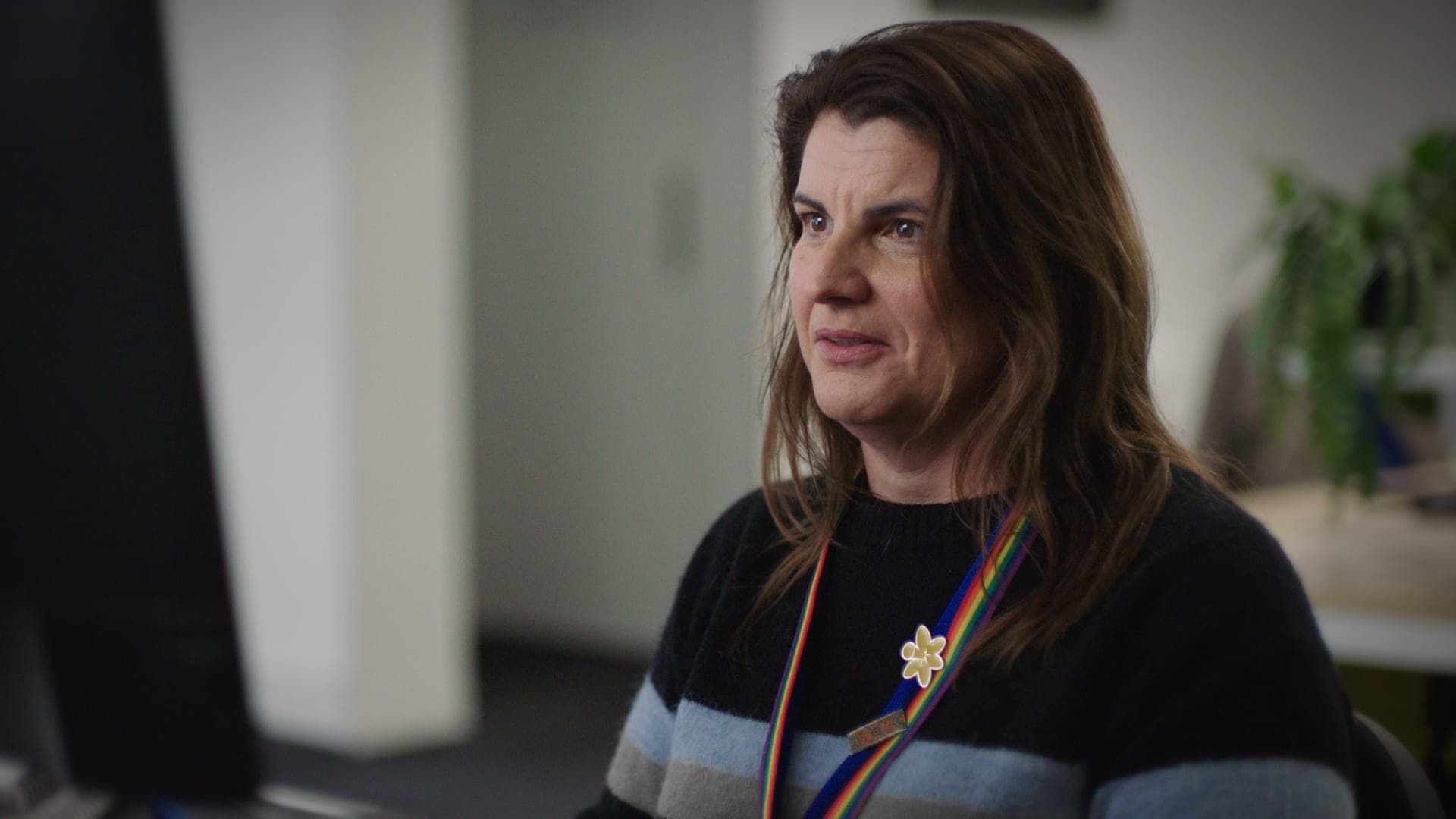Smoking causes most lung cancer, which in turn is the leading cause of cancer death in the world. And while new tests and therapies mean a better chance of successful treatment when lung cancer is found early, the best thing you can do for your lungs is to quit smoking.
Human lungs are amazing. When you fill your lungs with fresh air, they get to work supplying your blood - and the whole body - with the oxygen needed for life.
Lungs are self-cleaning, too. Coughing removes unwanted material from your airways, and your nose and airways are designed to filter out harmful materials like dust and germs to protect your body.
But smoking damages healthy lungs, and one of the most serious harms is lung cancer. In 2024, almost 9,000 Australians died from lung cancer. While smoking is not the only cause, 80% of lung cancers in Australia are caused by smoking.
Find out about free lung cancer screening
What is lung cancer?
Lung cancer was once rare, but nearly a century ago doctors saw increasing numbers of patients with the same devastating lung disease and began to search for a cause.
International research in the 1950s found that smoking was the cause of lung cancer. By the 1960s, many nations accepted that smoking tobacco was largely responsible for most lung cancer disease and deaths.
Lung cancer happens when lung cells are damaged, leading them to grow and divide out of control. The lung cancer cells make many copies of themselves to form a tumour.
Early-stage lung cancer may not have symptoms, which is why screening is so important. Without screening, lung cancer is often found after it has spread to other areas of the body.
When cancer spreads, it’s called metastatic (stage 4) lung cancer.
Finding cancer early, before it has spread, increases the chances of successful treatment.
How does smoking cause lung cancer?
Cigarettes, cigars and other tobacco products, including shisha, contain thousands of chemicals. Many of these are toxic and are called carcinogens, which are chemicals known to cause cancer.
When you smoke, you breathe these chemicals deep into your lungs. The airways and lungs are exposed to more of the toxic chemicals in smoke than any other part of the body.
The toxic chemicals in tobacco can damage your cells and their DNA, which is the set of instructions that tell your cells how to grow and behave.
The damage causes cells to grow out of control, making copies of themselves which pile up to form a tumour. As the tumour grows, it stops the lungs from being able to do their important job properly.
Cancer cells don’t die as easily as normal cells. They can also move about. These cells can enter the blood stream and move to other parts of the body, start new tumours growing in the bones, or the liver or brain.
The risk of lung cancer becomes greater the more cigarettes and number of years you smoke.
But the good news is that damaged lungs can start to heal when you no longer smoke. If you have ever smoked – even if you have quit – it is important to look after your lung health.
Screening for lung cancer could make a big difference to your future
Whether you have been able to quit or if you still smoke tobacco cigarettes, the National Lung Cancer Screening Program could save your life by finding cancer in the early stages, when it can be treated more easily.
Up to 70% of lung cancers detected through lung cancer screening are at an early stage, and more than 65% of people with these early-stage cancers can be treated successfully.
The program offers a free low dose CT scan to people with a higher risk of lung cancer due to their age and smoking history, by detecting early signs of lung cancer before symptoms occur.
You may be eligible if you:
are aged between 50 and 70
smoke tobacco cigarettes or have quit in the past 10 years,
have no signs or symptoms of lung cancer (e.g. persistent cough, coughing up blood, shortness of breath), and
have a history of at least 30 pack-years of cigarette smoking (for example, a pack a day for 30 years or two packs a day for 15 years).
Speak with a doctor to see if you are eligible for the National Lung Cancer Screening Program. Even if you are not eligible now because of your age or smoking history, you could be in the future.



